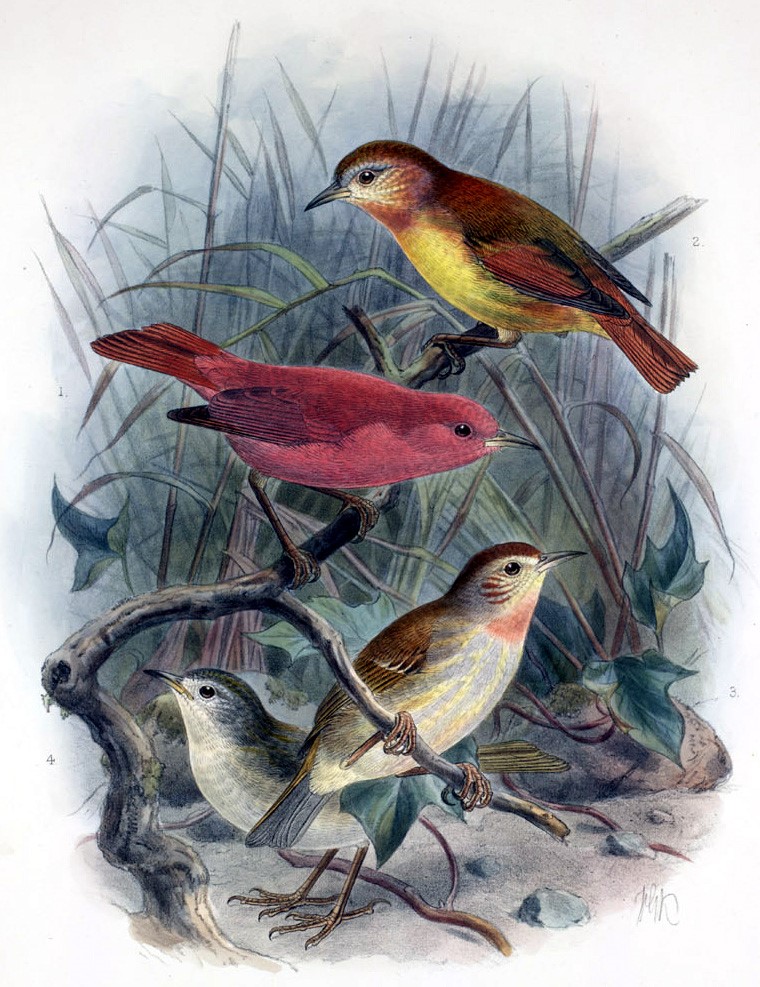Birdfinding.info ⇒ The Kakawahie was last observed in 1963 in the Kamakou Preserve on Molokai’s Ohialele Plateau. In the the early 1900s it was regarded as common, but by the 1930s it was already rare enough to elude targeted searches for it. A tiny population was rediscovered in 1961, and two pairs and a male were found over the next two years. Organized expeditions to the Molokai highlands in 1975, 1980, 1988, and 2004 found none.
Kakawahie †
Paroreomyza flammea
Extinct. Formerly endemic to Molokai.
Before its decline it was known from all types of wooded habitats from near sea level up to the mountaintops.
Identification
A small honeycreeper with a short, slightly decurved, sharp-tipped, brownish-yellow bill.
The male was mostly scarlet. Female was mostly olive-brown with reddish highlights above and yellowish-white below.
Immatures were mostly olive above and whitish below with two white wingbars.
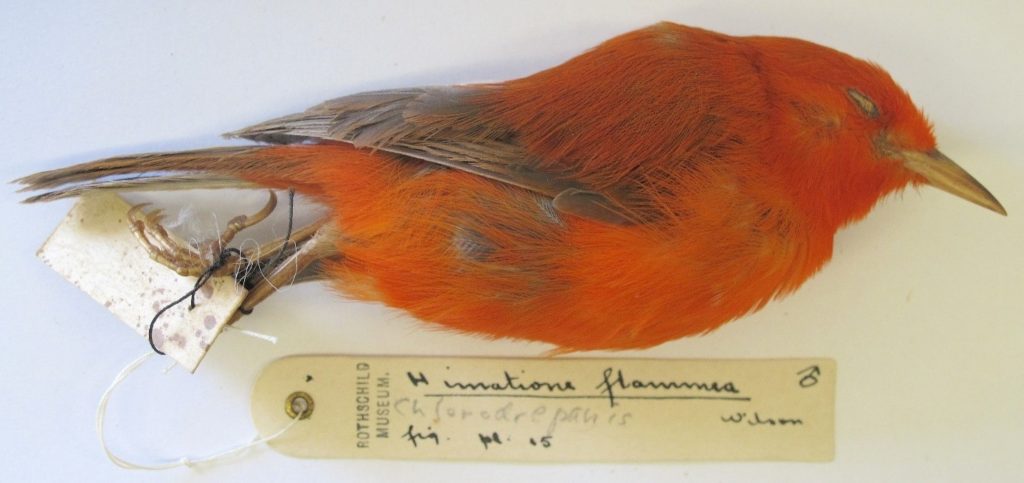
Kakawahie, male. (American Museum of Natural History Specimen No. 453302; collected December 26, 1892.) © Andrew Esposito
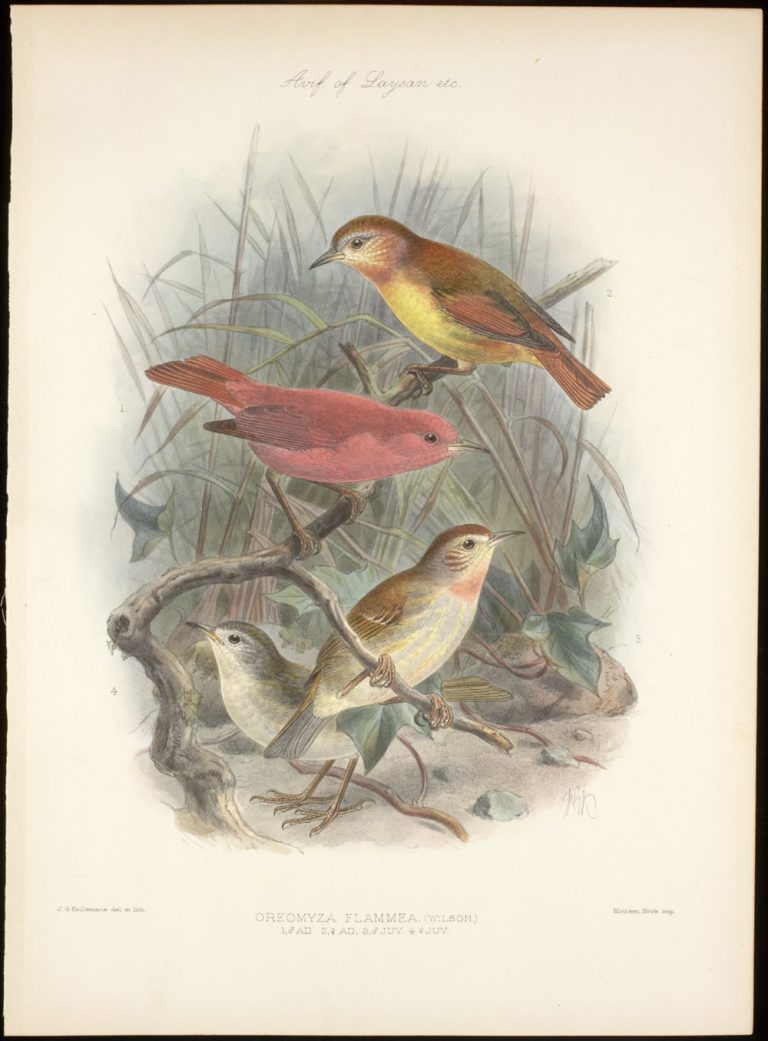
Kakawahie, female, male, immature male, and immature female. John Gerrard Keulemans, 1900
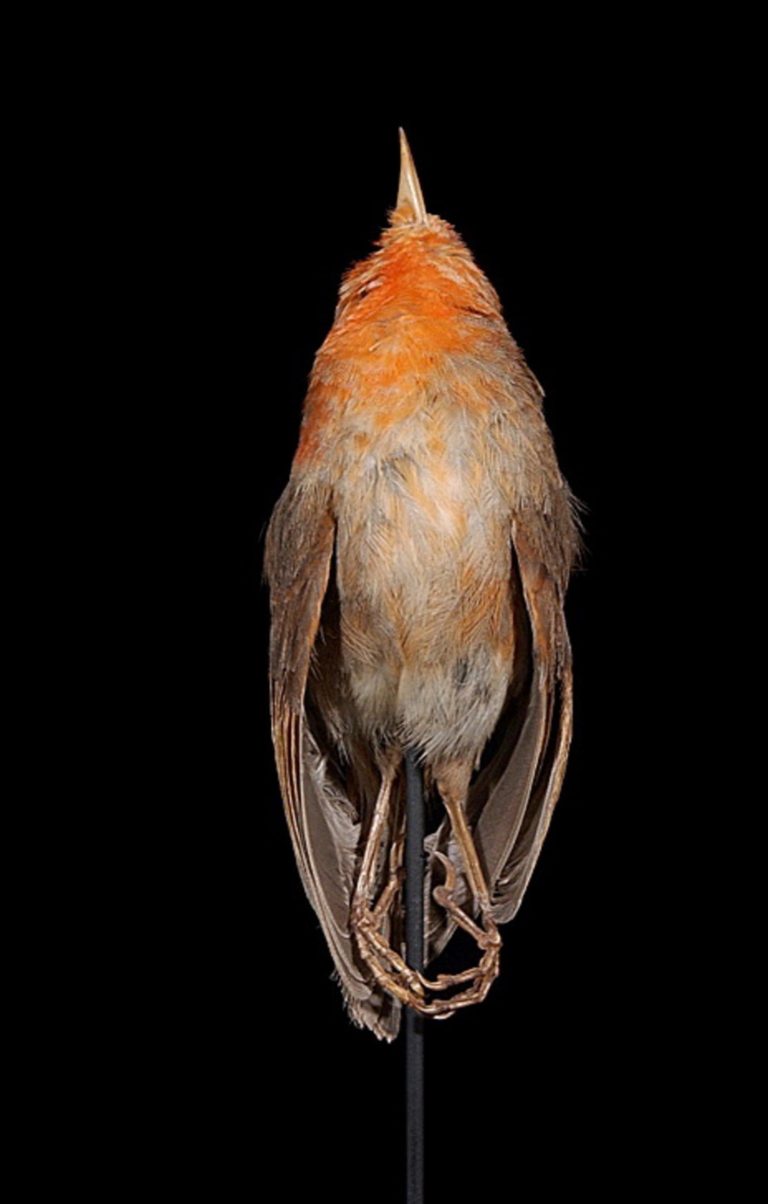
Kakawahie, male, ventral view. (Specimen ID: RMNH.AVES.110003; Molokai, Hawaii; June 1893.) © Naturalis Biodiversity Center

Kakawahie, male, side view. (Specimen ID: RMNH.AVES.110003; Molokai, Hawaii; June 1893.) © Naturalis Biodiversity Center
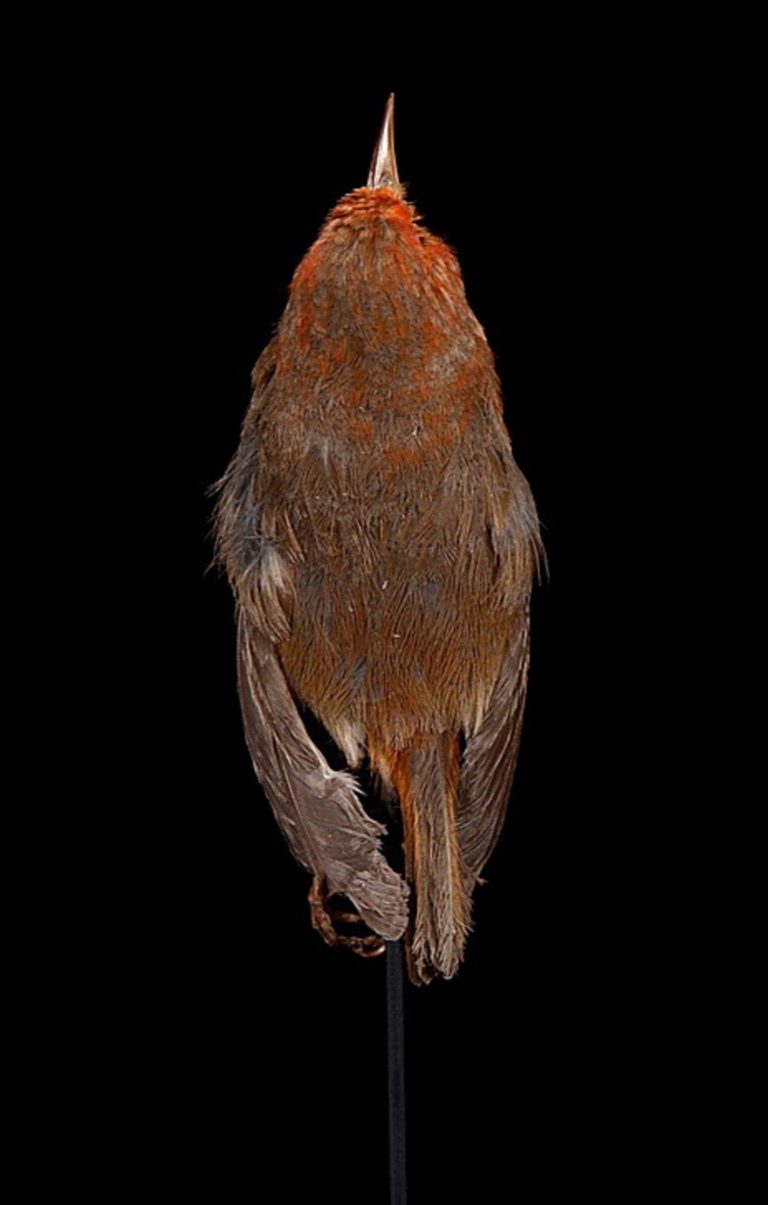
Kakawahie, male, dorsal view. (Specimen ID: RMNH.AVES.110003; Molokai, Hawaii; June 1893.) © Naturalis Biodiversity Center
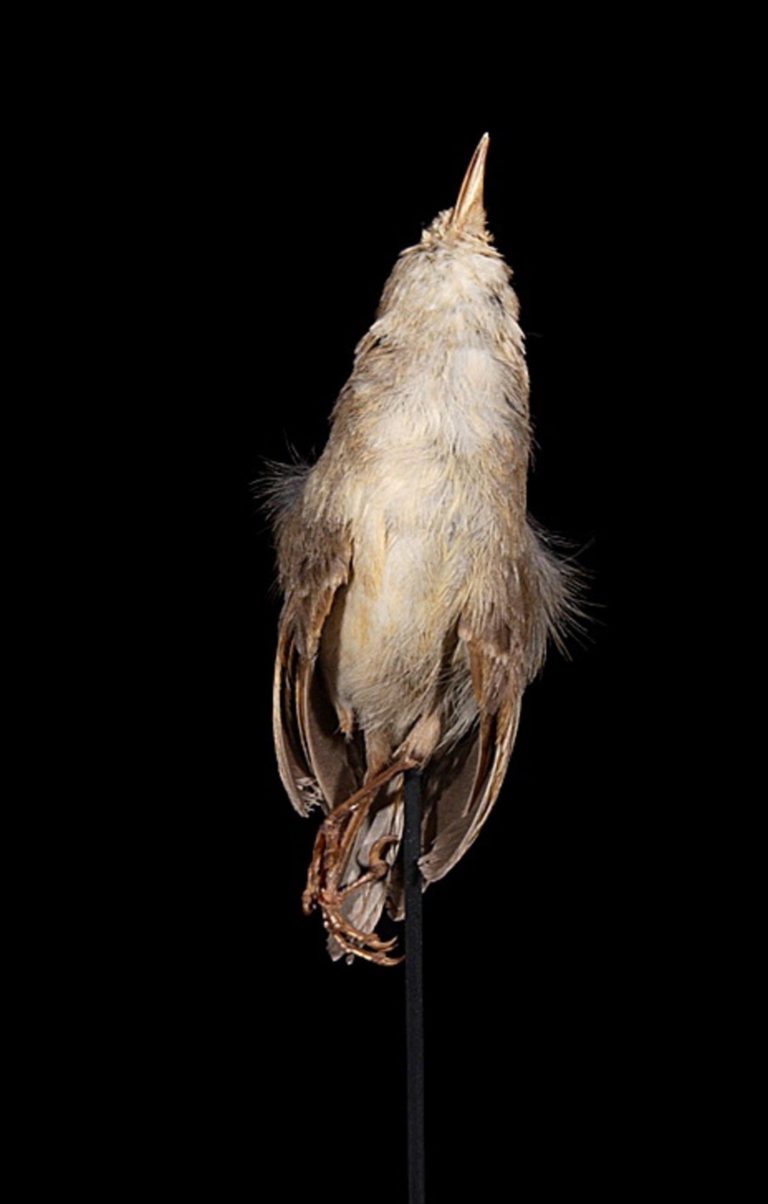
Kakawahie, female, ventral view. (Specimen ID: RMNH.AVES.110004; Molokai, Hawaii; June 18, 1893.) © Naturalis Biodiversity Center
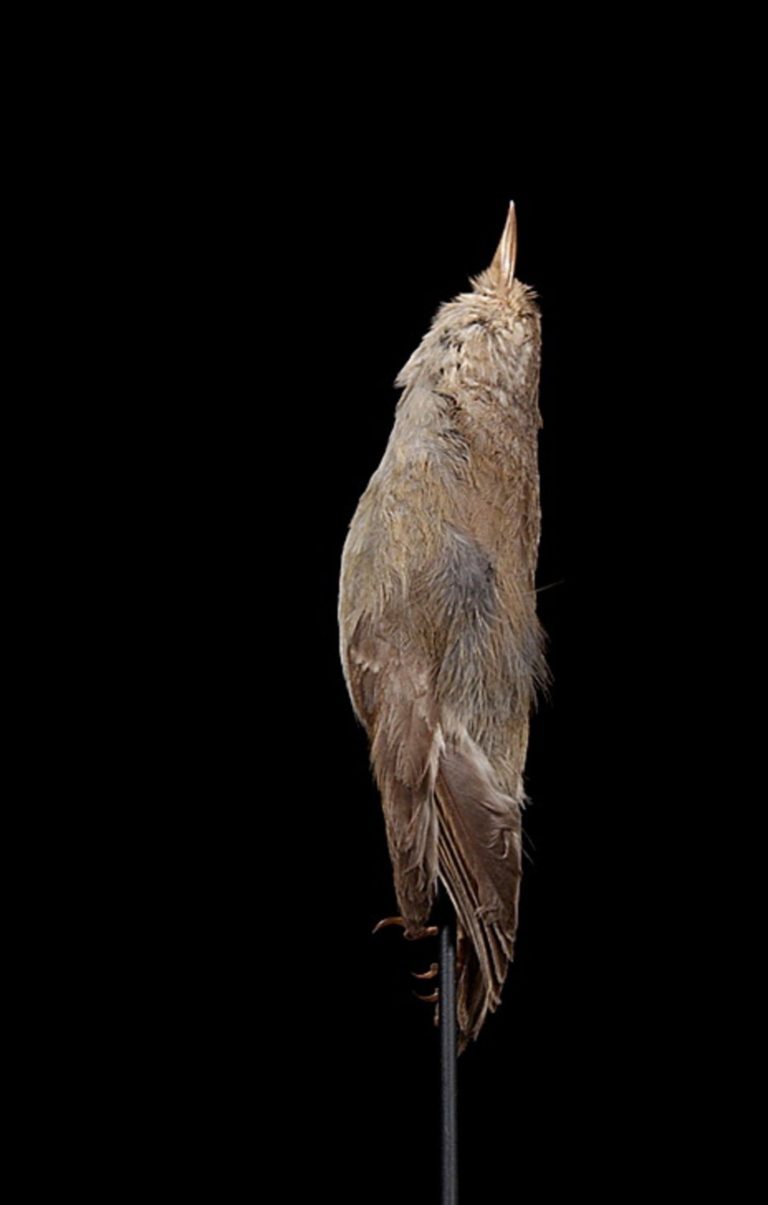
Kakawahie, female, side view. (Specimen ID: RMNH.AVES.110004; Molokai, Hawaii; June 18, 1893.) © Naturalis Biodiversity Center

Kakawahie, female, dorsal view. (Specimen ID: RMNH.AVES.110004; Molokai, Hawaii; June 18, 1893.) © Naturalis Biodiversity Center
Notes
Monotypic species.
IUCN Red List Status: Extinct.
References
BirdLife International. 2017. Paroreomyza flammea (amended version of 2016 assessment). The IUCN Red List of Threatened Species 2017: e.T22720823A119118273. https://dx.doi.org/10.2305/IUCN.UK.2017-3.RLTS.T22720823A119118273.en. (Accessed May 23, 2020.)
Hume, J.P. 2017. Extinct Birds (Second Edition). Bloomsbury Publishing PLC, London.
Pratt, H.D. 2005. The Hawaiian Honeycreepers: Drepanidinae. Oxford University Press.
Pyle, R.L., and P. Pyle. 2017. The Birds of the Hawaiian Islands: Occurrence, History, Distribution, and Status. Version 2 (January 1, 2017). http://hbs.bishopmuseum.org/birds/rlp-monograph/. B.P. Bishop Museum, Honolulu, Hawaii.
